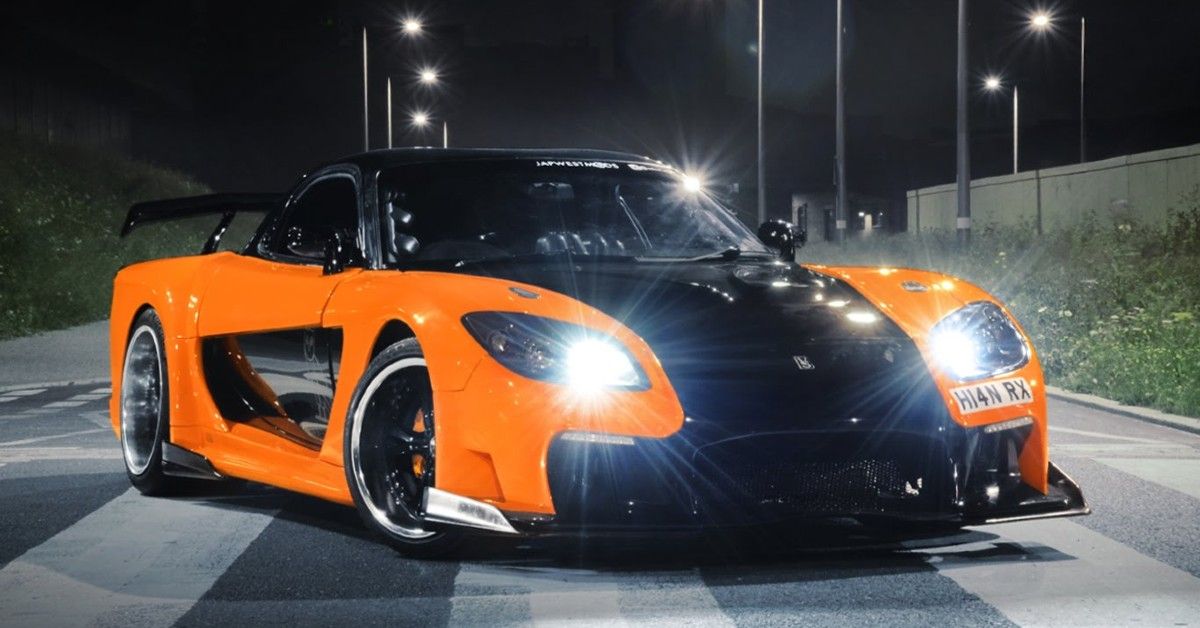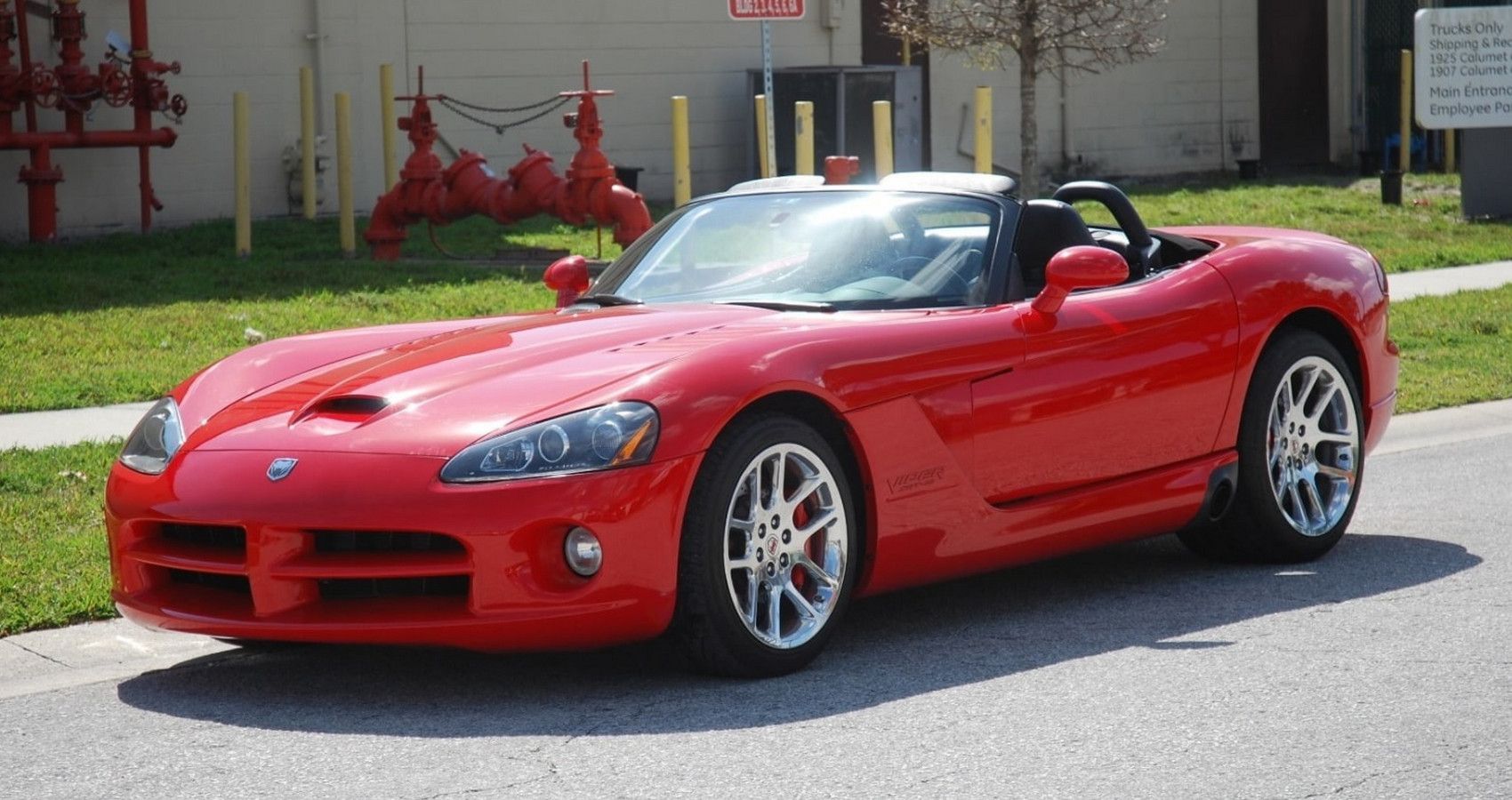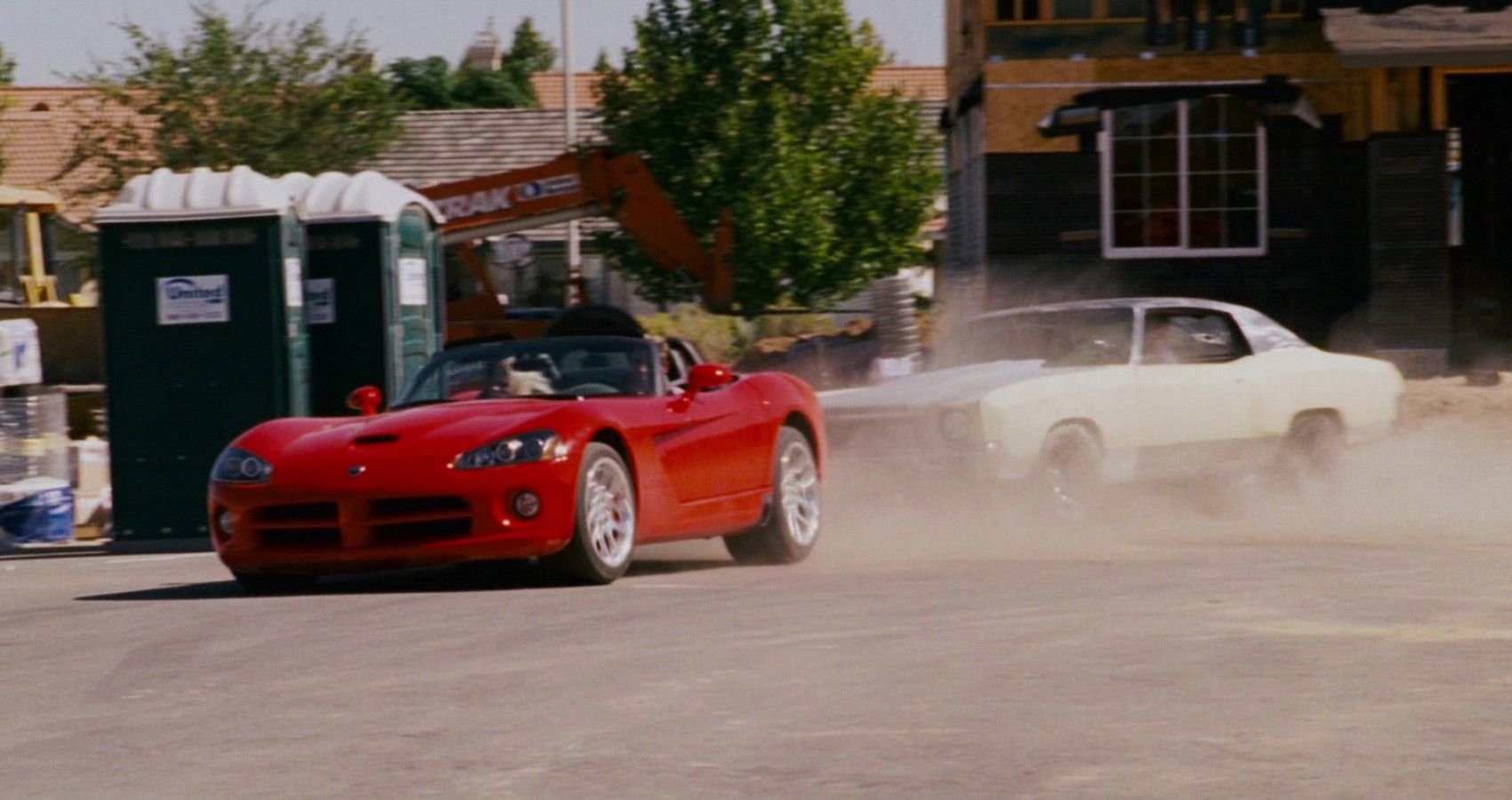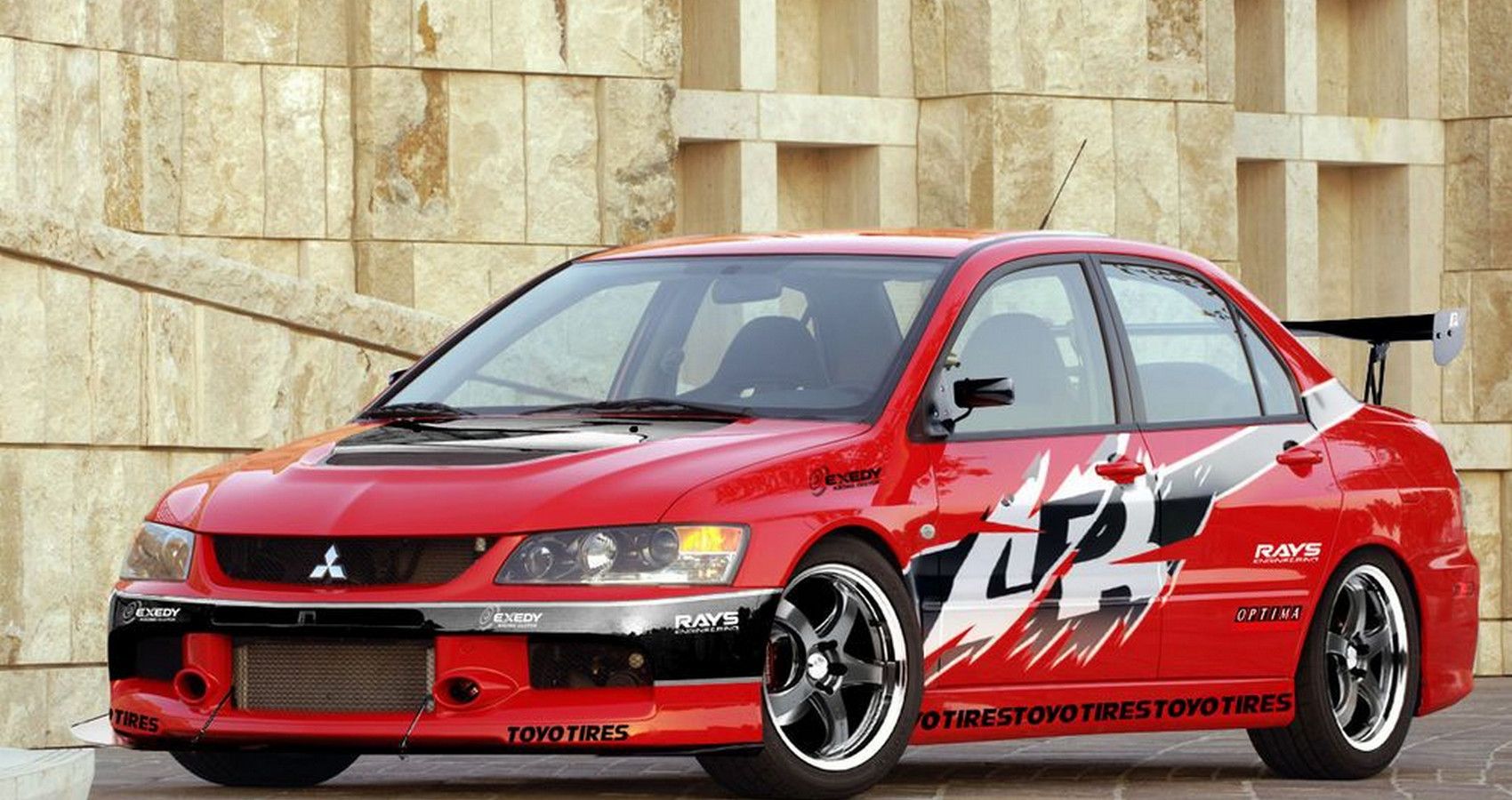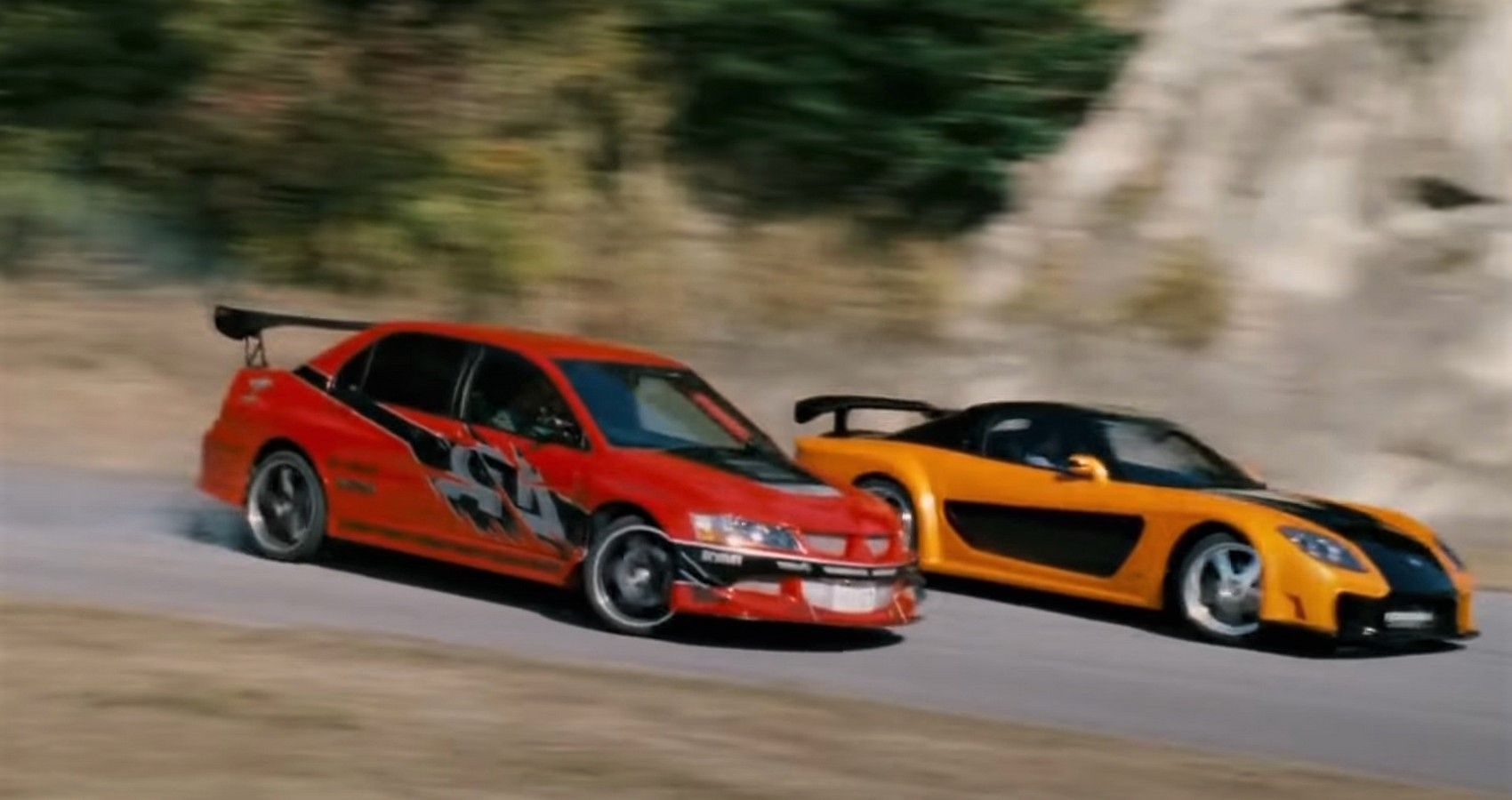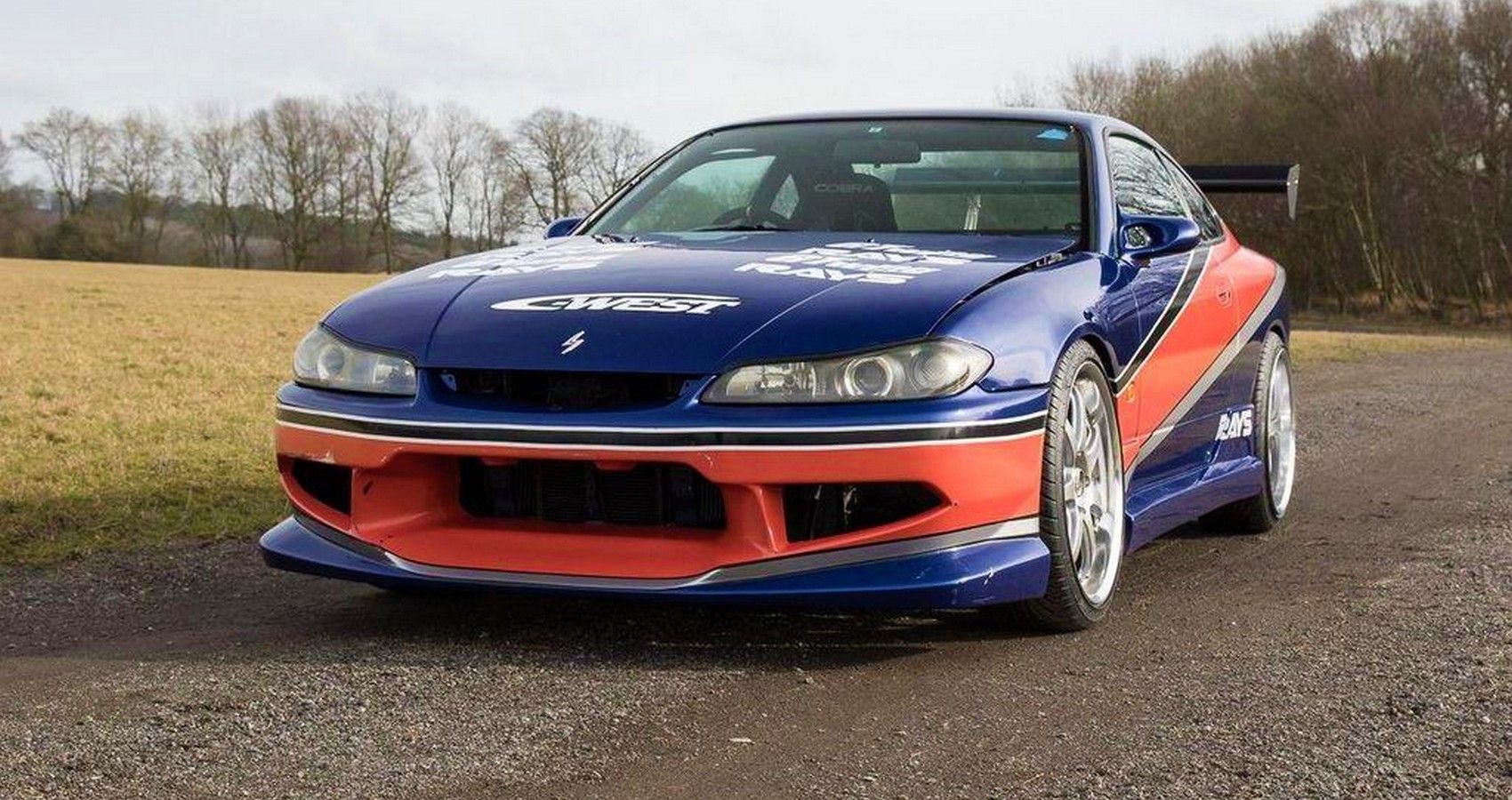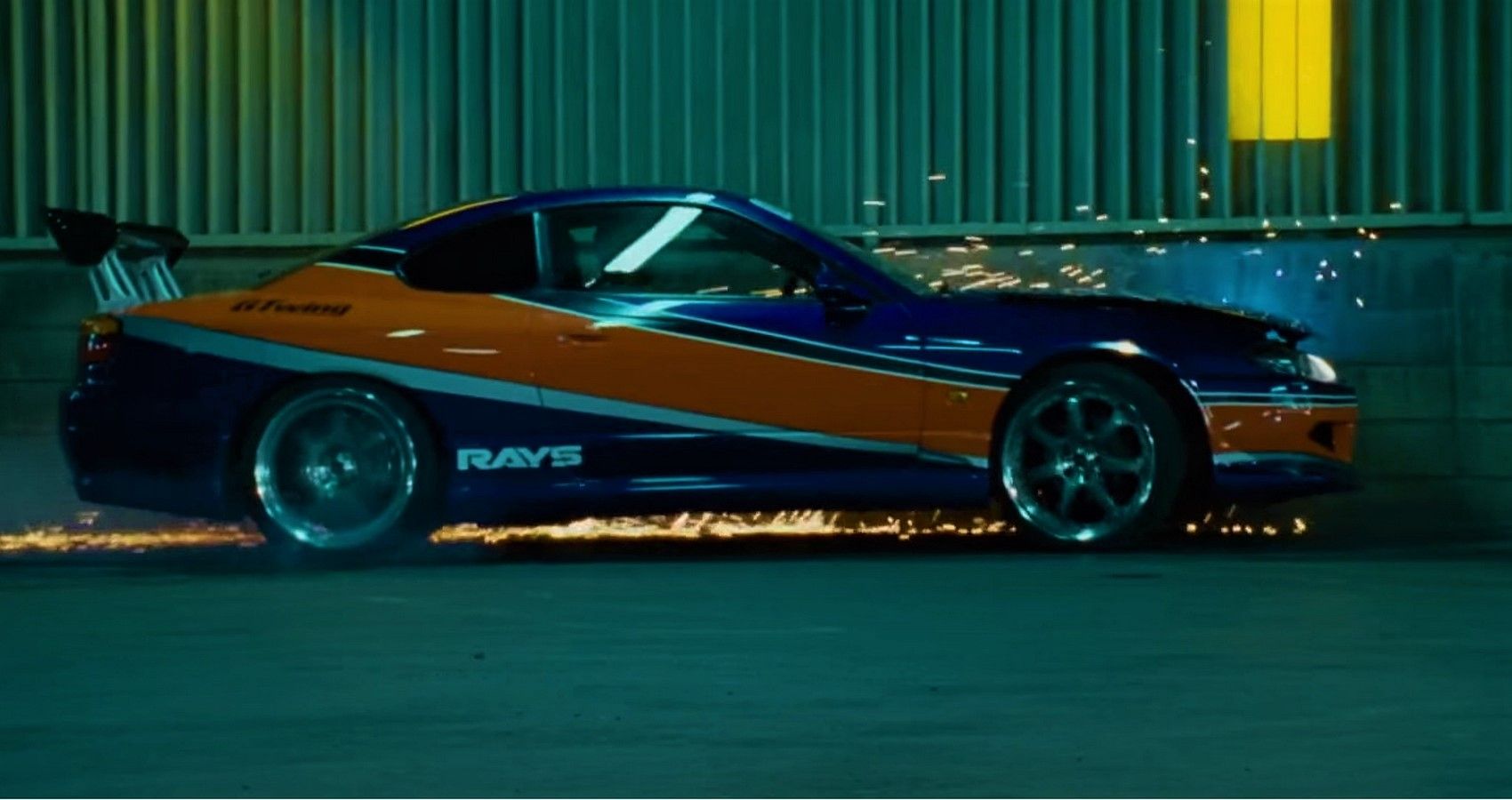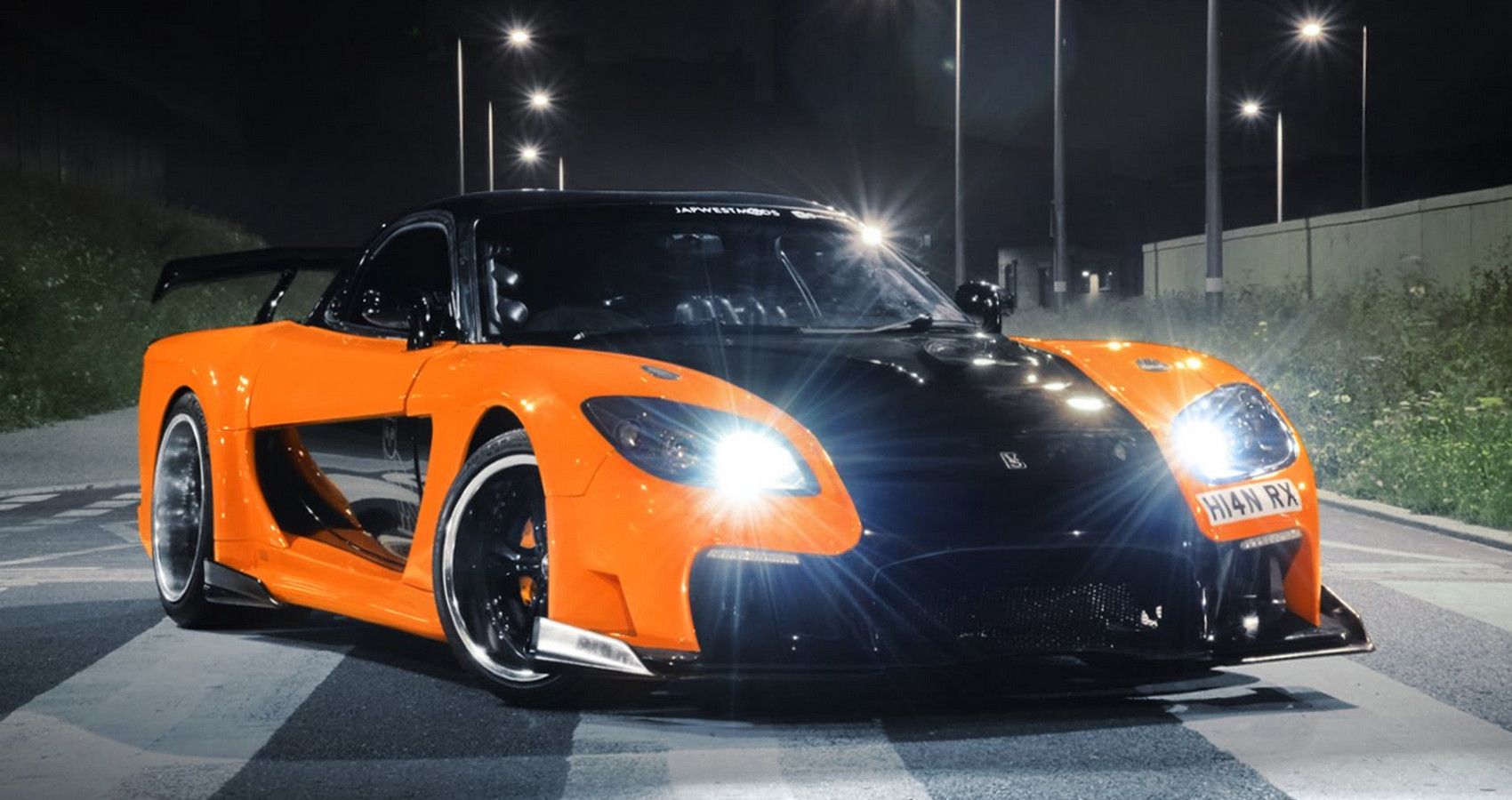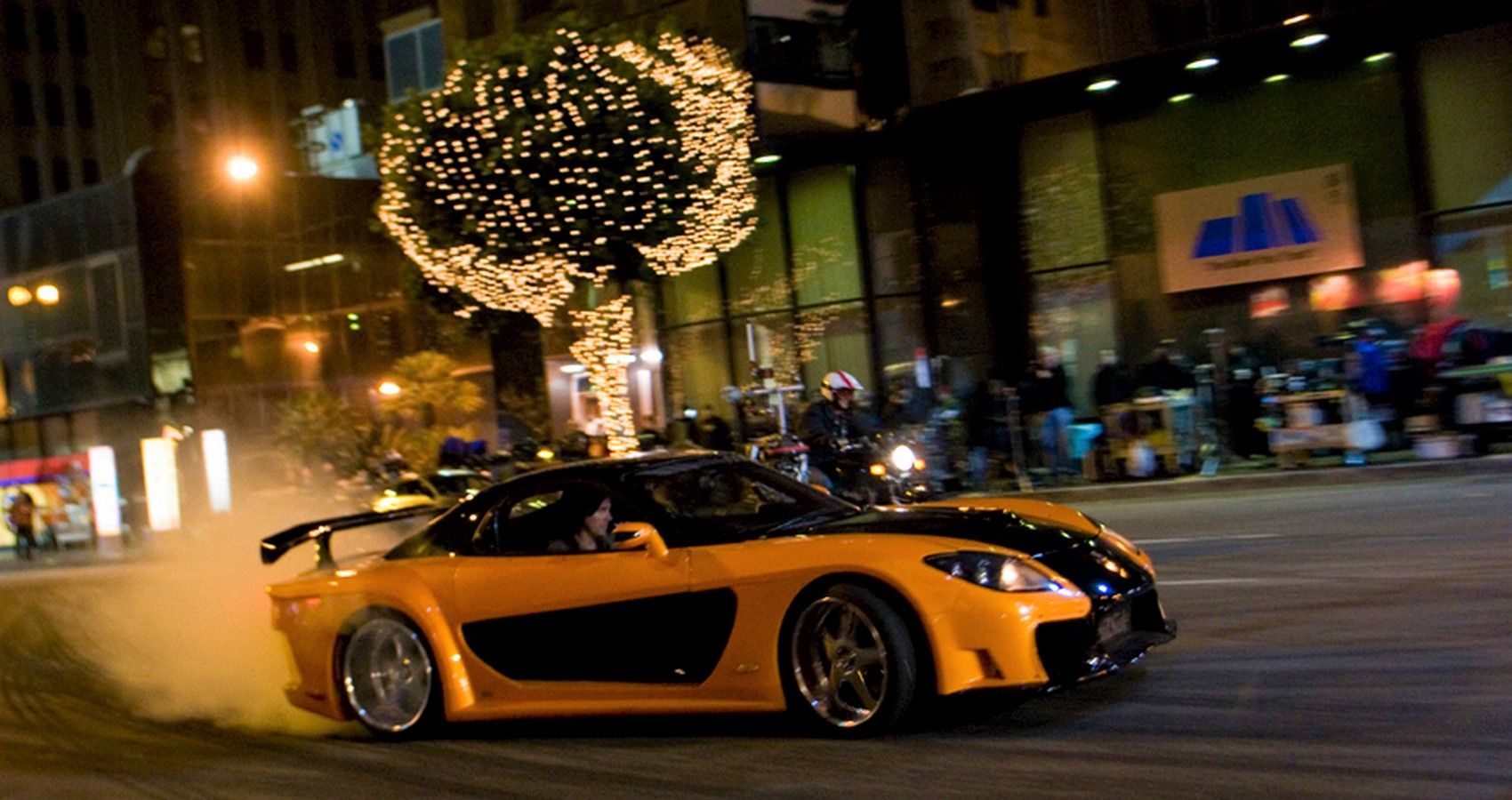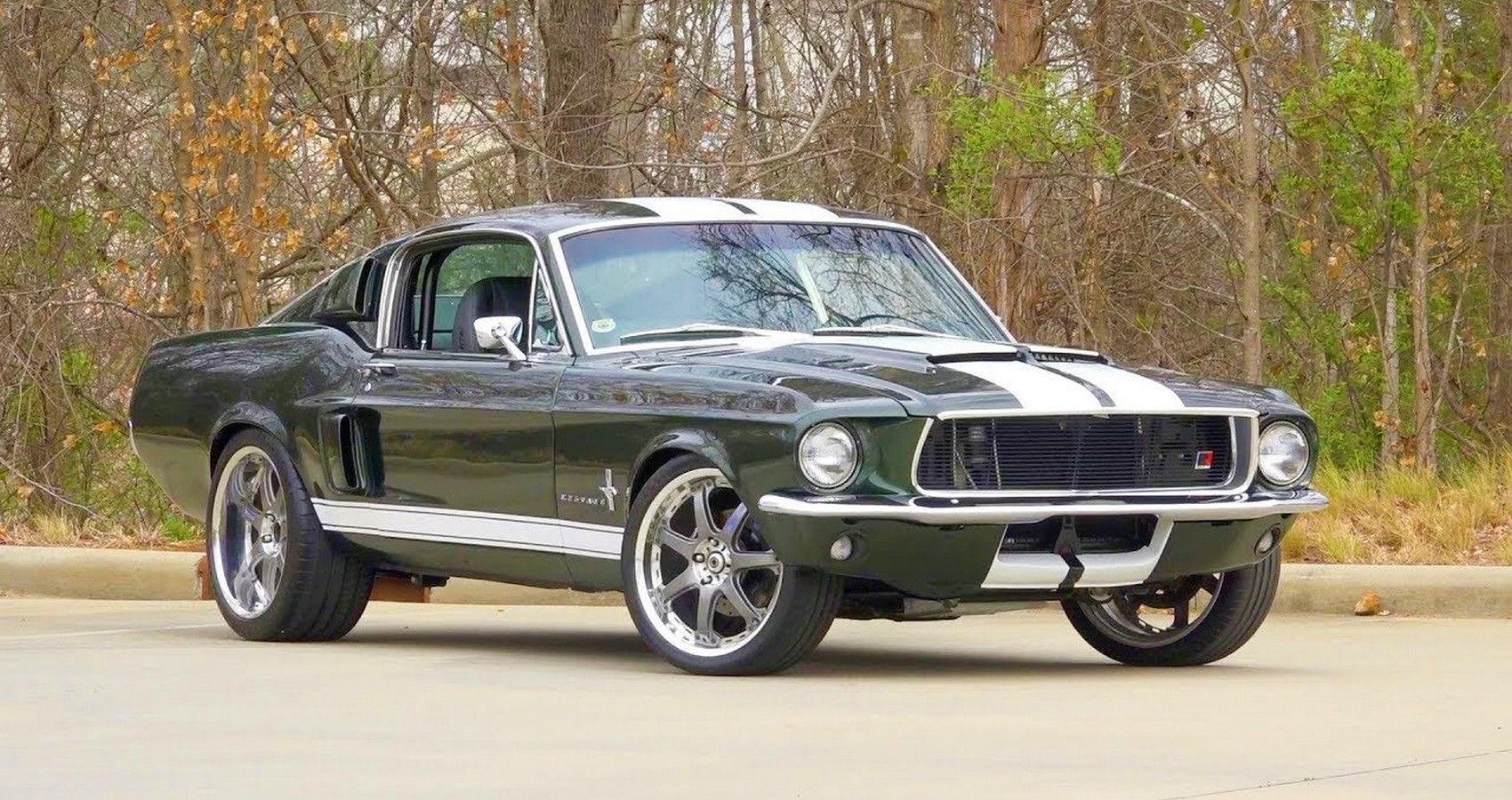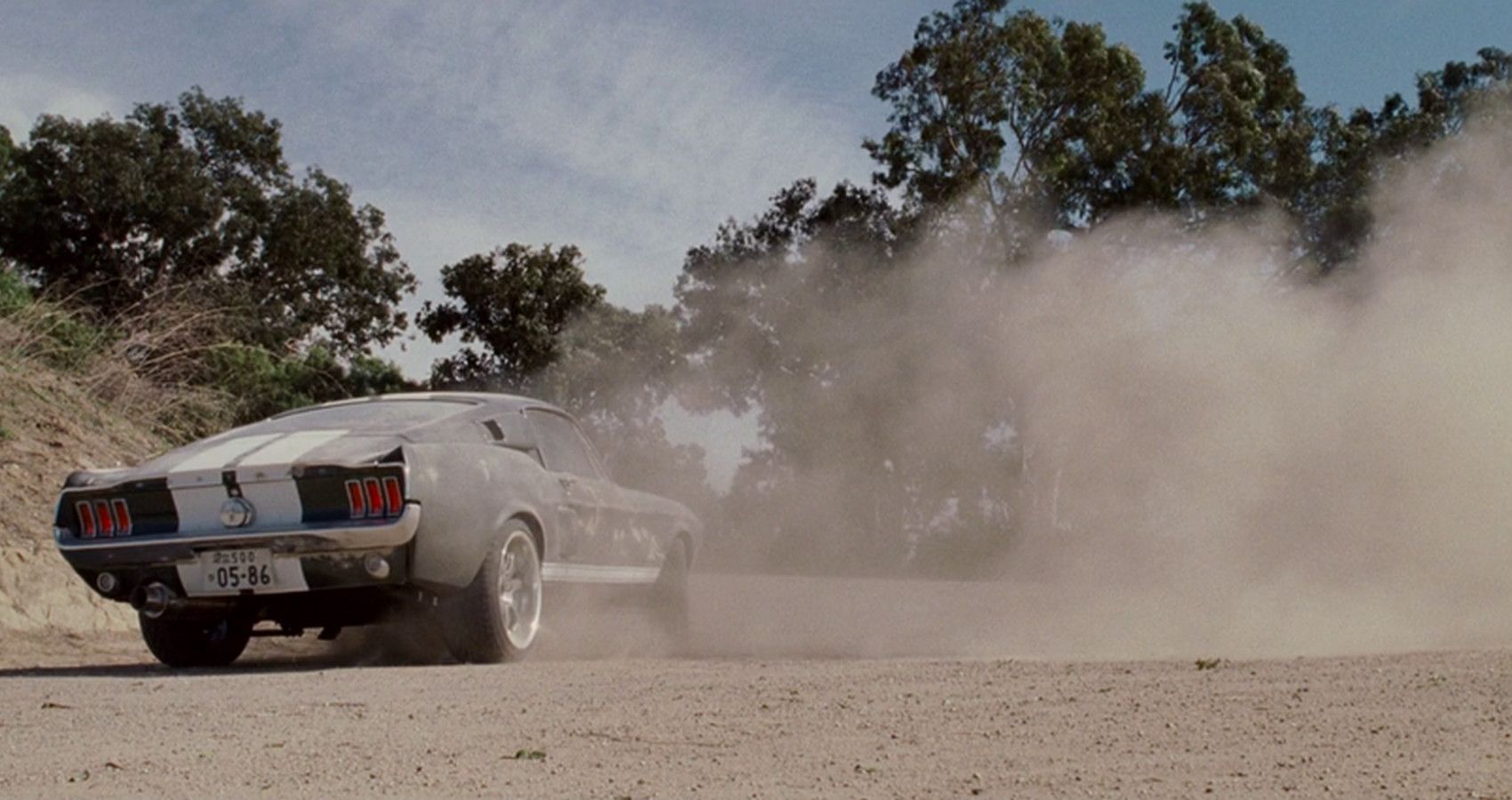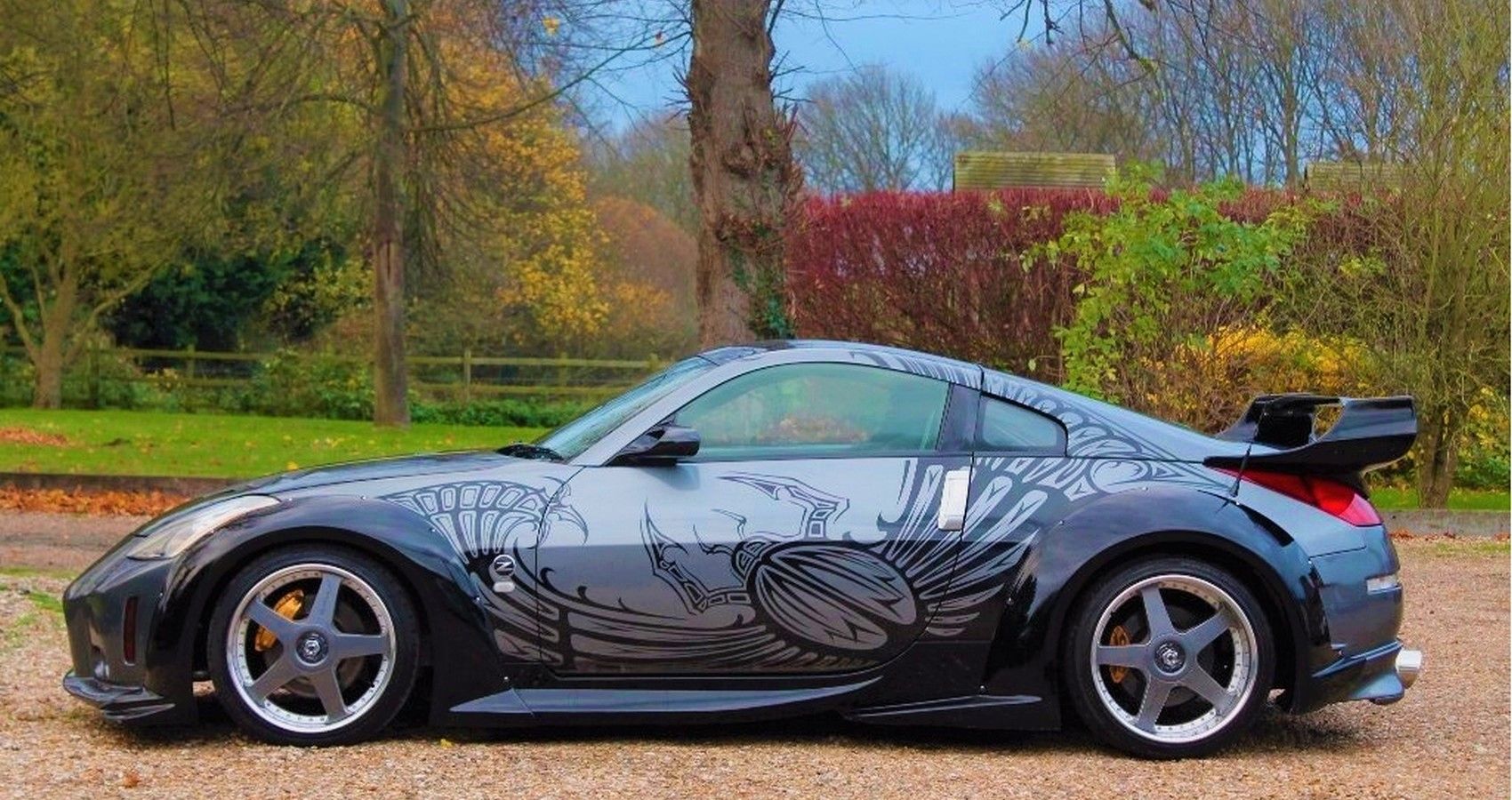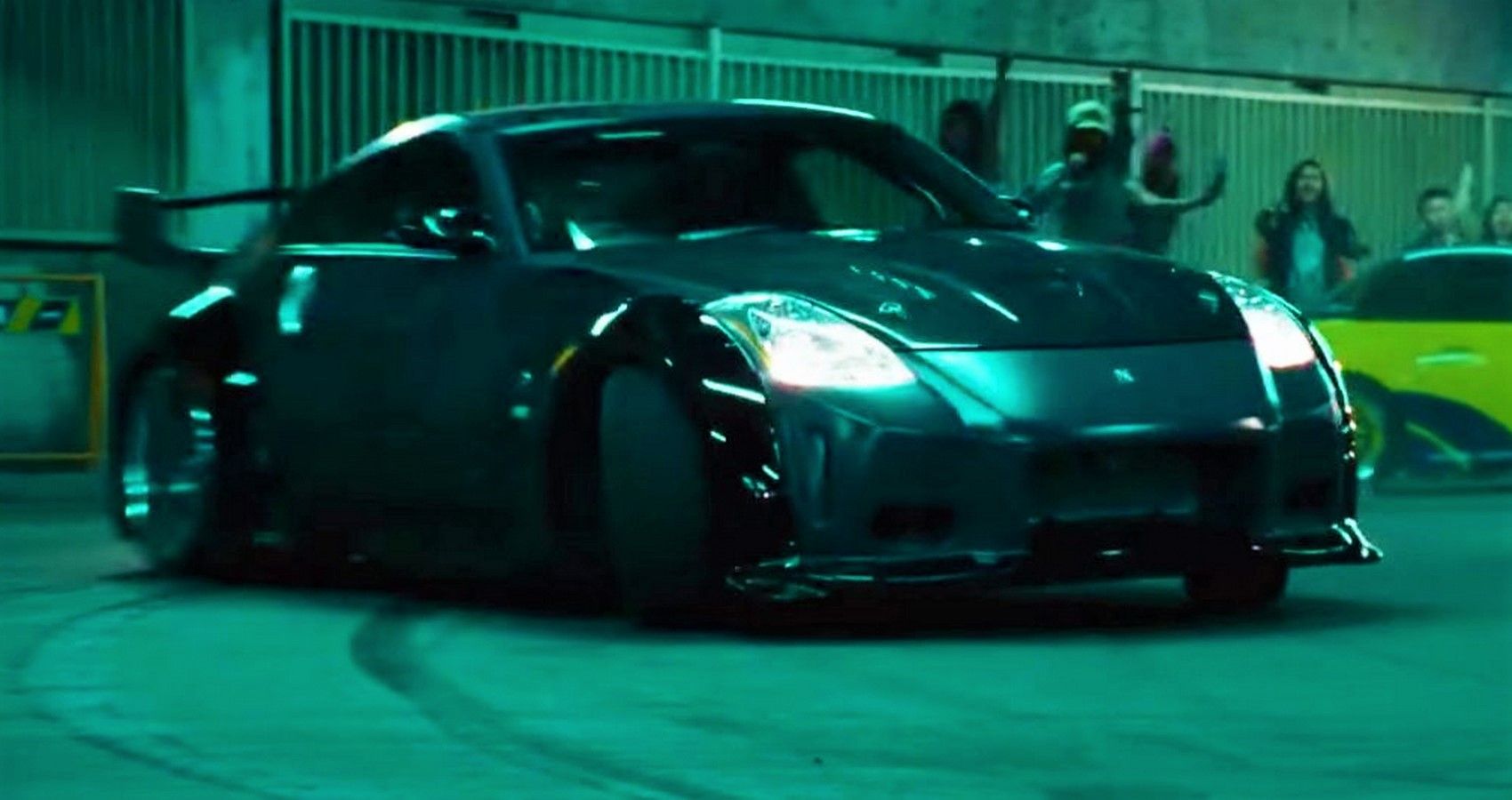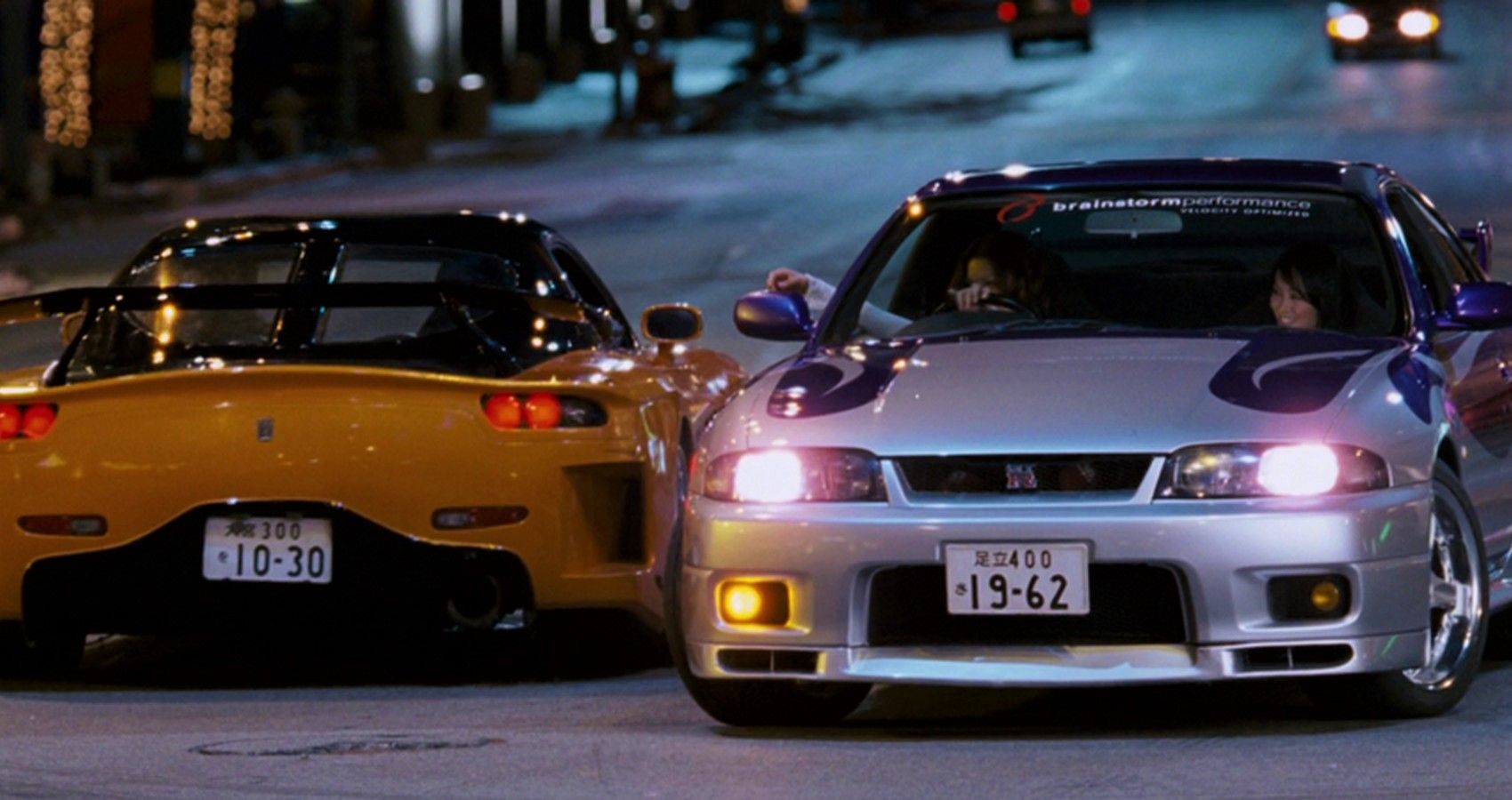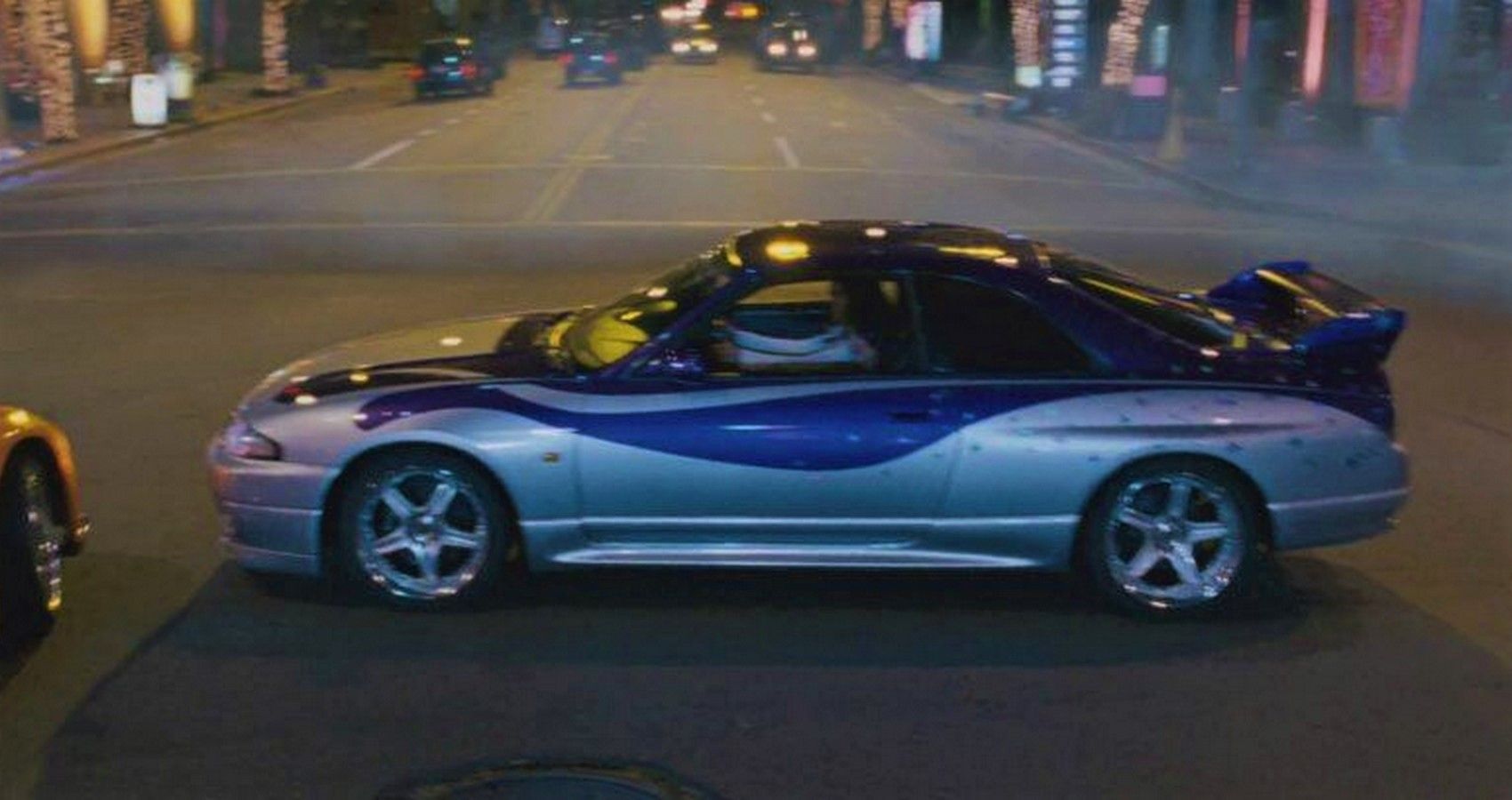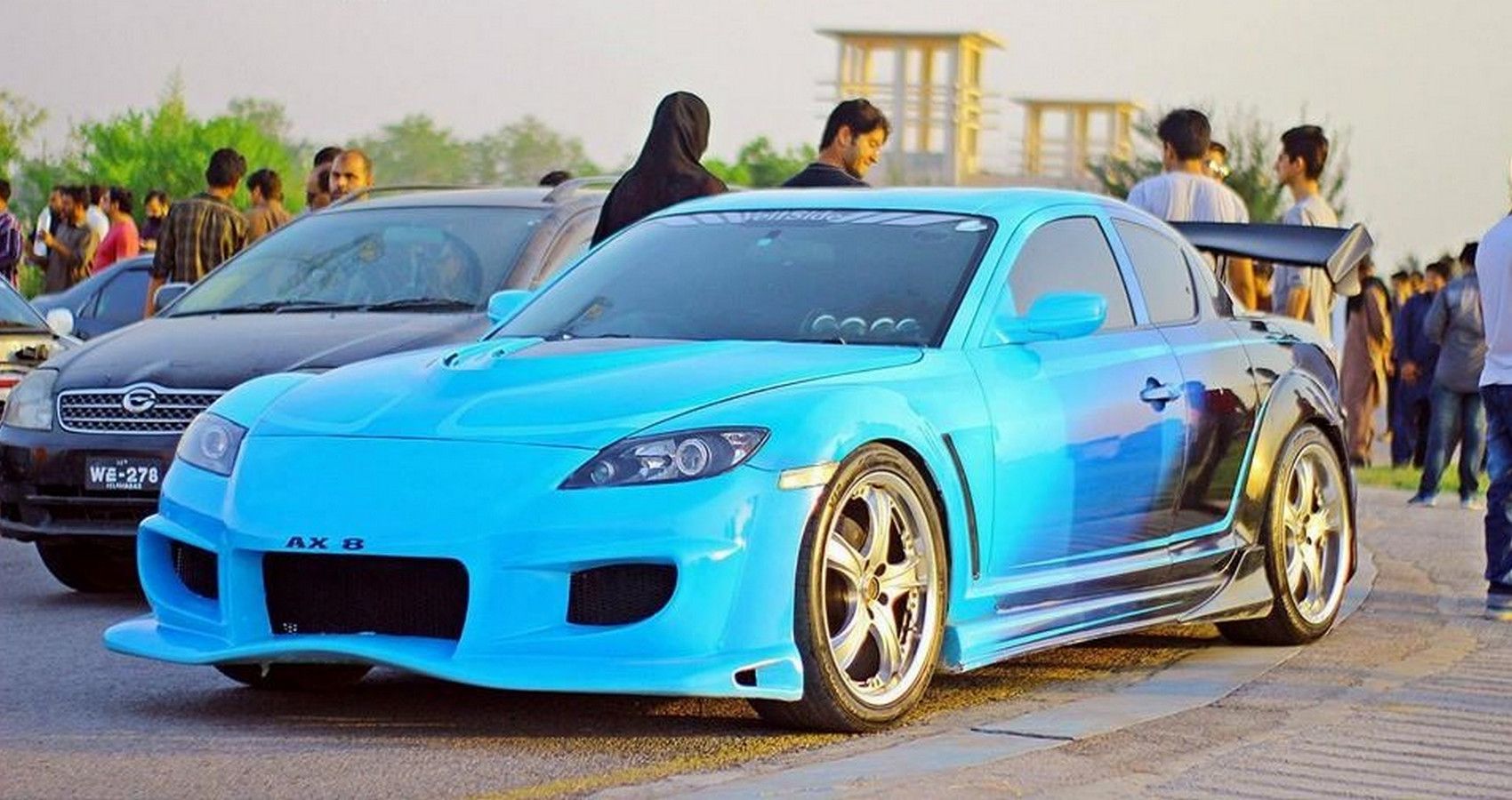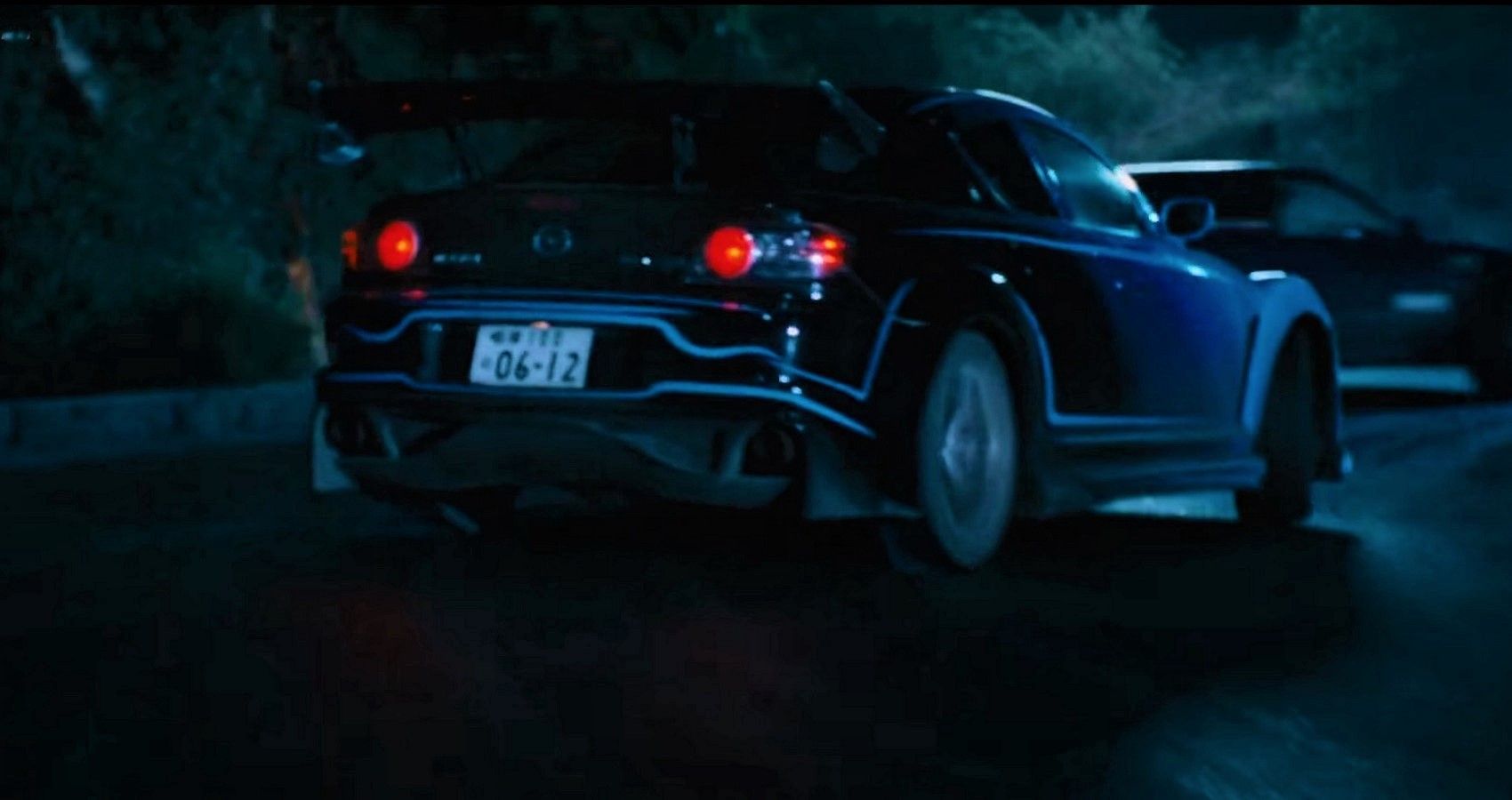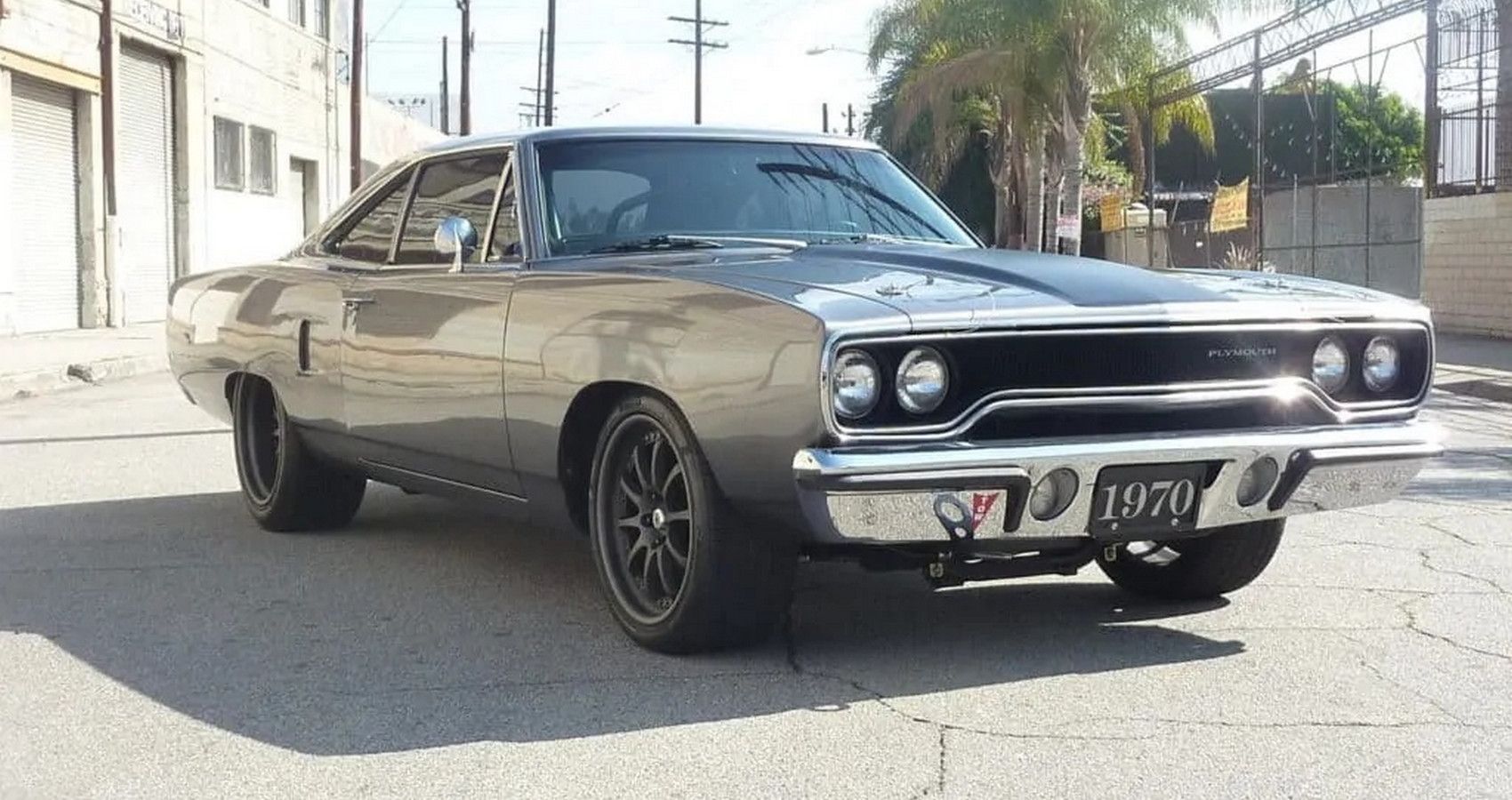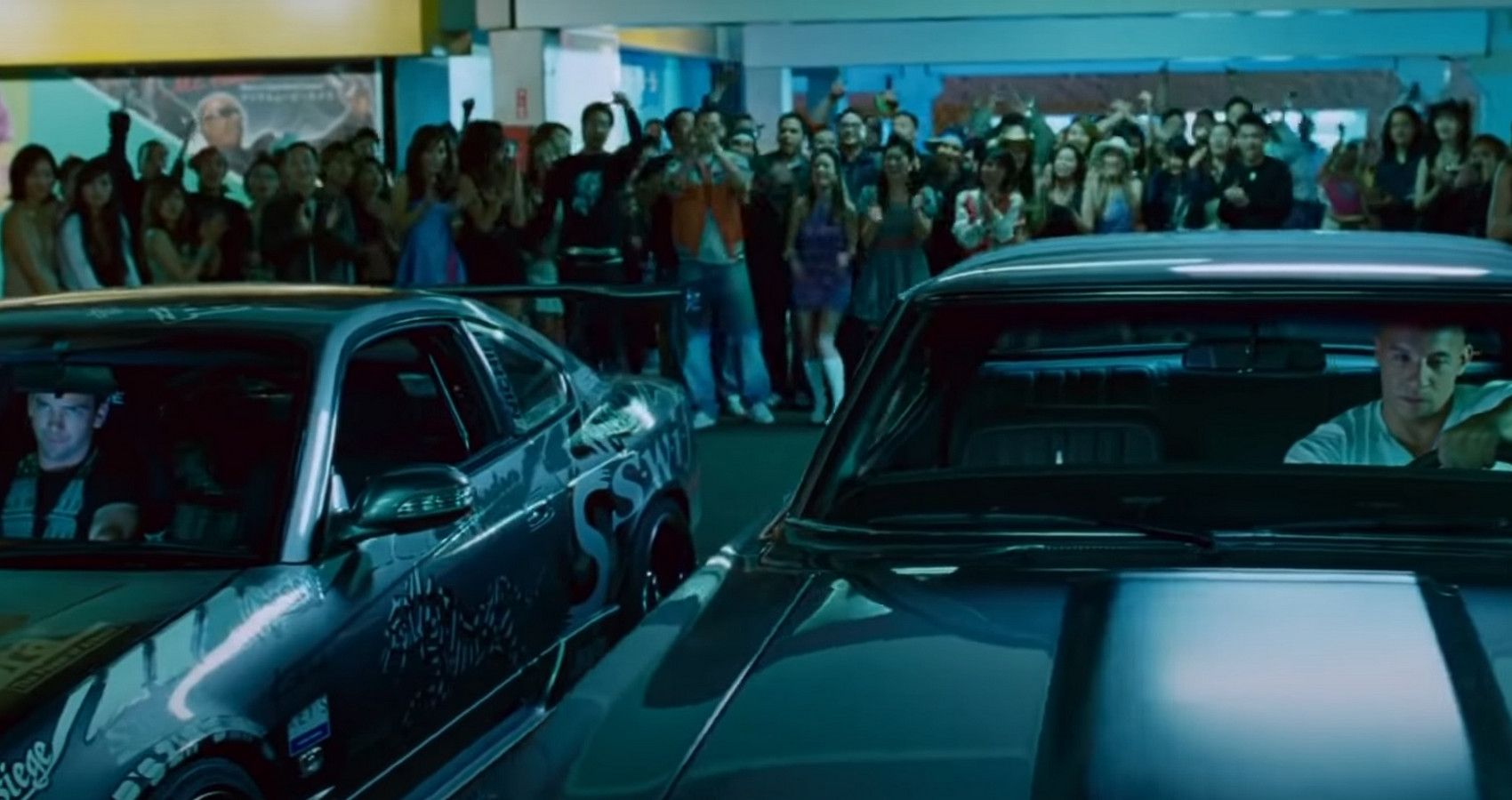The Fast And Furious saga continues to deliver on-screen gasoline-fueled action sequences featuring an orgy of fast cars, hot girls, and more explosions than even Bond can achieve.
In 2006, Tokyo Drift blasted onto our screens, showcasing the world of drift racing using a mix of JDM tuner specials and American Muscle, resulting in one of the best installments to date. But what of the cars? Surely they're the real stars of any F&F movie? The producers, fully aware success is largely due to the cars on the screen, cast the best JDM tuner specials wearing widebody kits, custom paint jobs, bigger turbos, and fancier wheels.
The great thing about Tokyo Drift, and something often forgotten, these are regular everyday rides that any gearhead with a little time, money, and effort can build.
9 Dodge Viper
Billed as a minor plot car for the opening scenes of Tokyo Drift, the criminally undersold Dodge Viper meets a premature and unfortunate end during one of the movie's illegal street racing scenes. Raced, thrashed, and crashed isn't how we'd like to see the iconic V10 powered sports car treated.
Launched in 1992, the Dodge Viper has a reputation for being too much sports car for the average gearhead, its back-to-basics design updated over the years with the 2003 SRT-10 model featured in the movie packing 500 hp. To date, the Viper remains the only American sports car to use a V10, the type more commonly found under the hoods of trucks and buses.
8 Mitsubishi EVO IX
Mitsubishi's penultimate road-legal rally car JDM monster, the EVO IX arrived on the scene in 2005, boasting a tweaked 2-liter turbocharged 287 hp inline-four engine and the customary all-wheel-drive layout that made it the fastest all-terrain vehicle money could buy. No strangers to trashing highly desirable machinery, the movie used the EVO IX as an educational tool, teaching Sean the dramatic art of drifting.
While all-wheel-drive is great for more grip in tricky weather conditions and rough terrain, ask any serious drifter to choose between AWD and RWD and the answer will always be RWD, too much grip is a bad thing. The Evo isn't normally associated with drifting, but the one in the movie was converted to rear-wheel-drive.
7 Nissan Silvia S15
Two outings in one movie are pretty good going, Nissan's Silvia S15 was both the first and last Japanese ride for Sean Boswell on screen. A favorite on the drift scene with near-perfect front-rear weight distribution with either a normally aspirated or turbocharged 2-liter engine, the latter is good for 247 hp. In the earlier scenes "Mona Lisa", a Type-S variant ends up nothing more than scrap, the closing scene featuring Boswell and Torreto uses the Type-R
Unfortunately, US gearheads don't get to live out their Tokyo Drift fantasies, firstly Nissan kept the S15 for domestic use only, and then the NHTSA slammed the door shut on gray imports declaring the Silvia illegal for road use.
6 Mazda RX7-FD
One we'd like tucked away in our garage, Han's Veilside-modified RX-7 FD, Mazda's best sports car offering to date packs a tasty twin-turbocharged rotary engine kicking out 306 hp by the time Veilside had worked its magic. Both Han's and the RX-7s final scene ending in flames, leading to the fan favorites' mysterious return in F9: The Fast Saga.
Despite the advantages of weight, size, and power of rotary designs, Mazda played its trump card with a unique sequential twin-turbo set-up designed to eliminate turbo lag. At the time a first for Japanese cars, the separate spooling up of turbos was later copied with Toyota's Supra Mk IV.
5 Ford Mustang Fastback
We'd all love to find a '67 Fastback Mustang laying around abandoned, in need of some TLC and a bucket load of parts, if only we lived in Japan and worked on a US military base. At this point, Universal Pictures and screenwriter Chris Morgan, in true Hollywood fashion, decided that good old American cars would save the day, albeit with the helping hand of Nissan's RB26DETT motor lifted from the wrecked Mona Lisa. As crazy as it sounds, this engine swap is entirely feasible... taking two months to complete.
In total, 6 customized Mustangs were built for the movie, but like all good things on the big screen, a certain amount of creative license was used, replacing the claimed 67 Mustangs with the slightly younger and cheaper '68 model years.
4 Nissan 350Z
On two separate Tokyo Drift occasions, Nissan's 350Z shuffles off to the scrapyard in the sky at the hands of Yakuza-wannabe street racers. Surely, this proves the 350Z is a bad car? No, far from it, this just shows bad guys drive good cars badly. The 350Z is one of the best Z-cars to date, forgiving a small number of gremlins early in production, the 3.5-liter naturally-aspirated sports car is both fast and agile.
For the movie, Veilside body kits gave the 350Z a more aggressive appearance, not that the movie's lighting made it look much different. At least the twin-turbo upgrade by Aussie tuners APS is better received with a jump in power to 460 hp. As for the ride, nothing was changed, proving just how well the 350Z handles, thanks, Nissan.
3 Nissan GT-R33
The Fast And Furious has always been about gasoline-powered action sequences featuring the hottest cars and girls, surely every gearhead's dream? Tokyo Drift mixes the winning formula up a little, dropping in the perfect match of hot girls in one of the most famous JDM cars of all time — Nissan's GT-R33. It turns out dating apps are so passé, all you need is a JDM car and some well-executed donuts.
Produced between 1995-98, the fourth-generation Skyline, despite being the better car with a more powerful 276 hp (in reality, closer to 300 hp) Nissan's 2.6-liter RB26DETT-engined car wasn't as popular as its predecessor, selling around a third of its numbers, with 16,668 cars built over four years. Despite the lower sales figures, the R33 GT-R was the performance bargain of the decade, a mere $46,000 providing near Ferrari levels of performance.
2 Mazda RX-8
Successor to the mighty RX-7 range, Mazda took a different approach with their follow-up, ditching the two-door two-seater layout for a more user-friendly 2+2 coupe adding cleverly concealed suicide doors. Best intentions aside, the RX8 never met with universal acceptance among gearheads.
Leading female Neela's ride doesn't get a lot of screen time, and if we're honest, we can see why. Wearing little in the way of customization, vinyl graphics hinting at Veilsides involvement that lacks visual drama. Under the hood, Mazda continued with rotary engines, the RX-8 using a 1.3-liter RENESIS motor producing 238 hp but even this great engine couldn't revive the RX series lackluster image.
1 Plymouth Roadrunner
It wouldn't be the Fast and Furious without some American muscle to finish on, Plymouth's 1970 Roadrunner taking center stage for the movie's closing scene, nicely setting up a connection later in the franchise.
The Tokyo Drift-spec Roadrunner is a replica based on the "Hammer" configuration built by Pure Vision Design packing a 440 cu in V8 running Edelbrock intakes and Holley carburetors, but sadly, the '70s model-year optional air-grabber hood scoop doesn't make an appearance. The Roadrunner's success prompted Plymouth to build an extreme version for the NASCAR circuit, using a custom aero pack more famously known as the Superbird.

